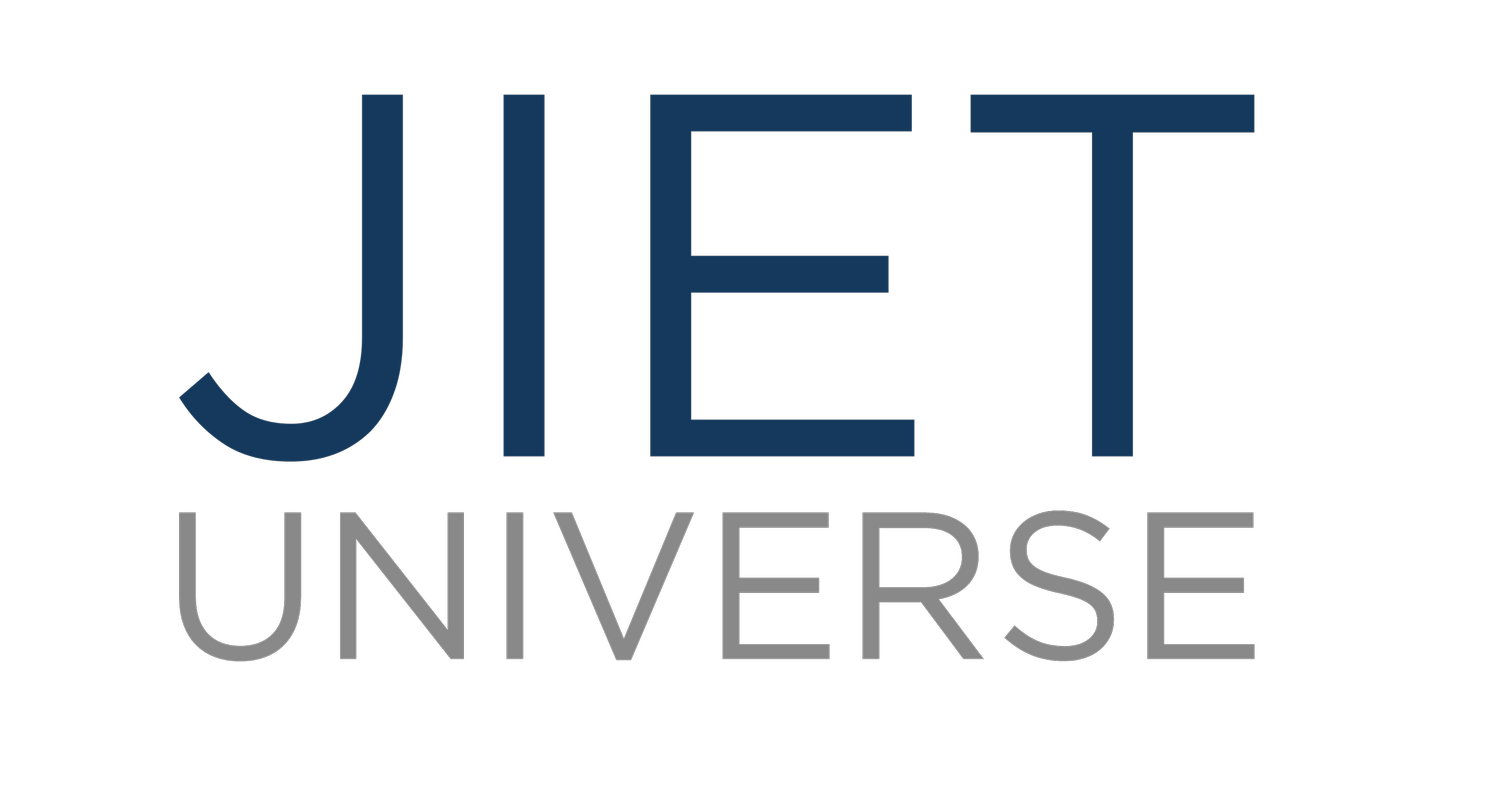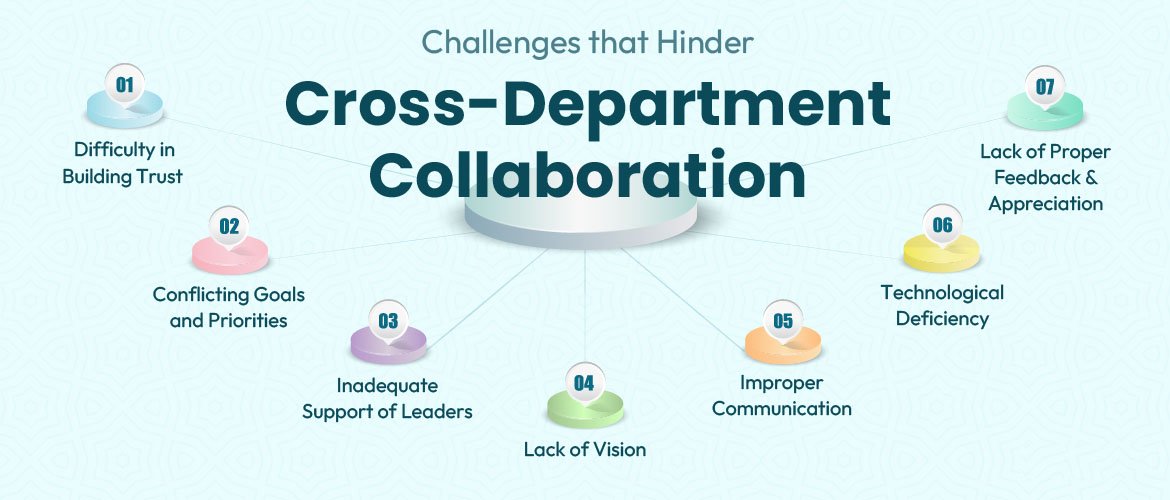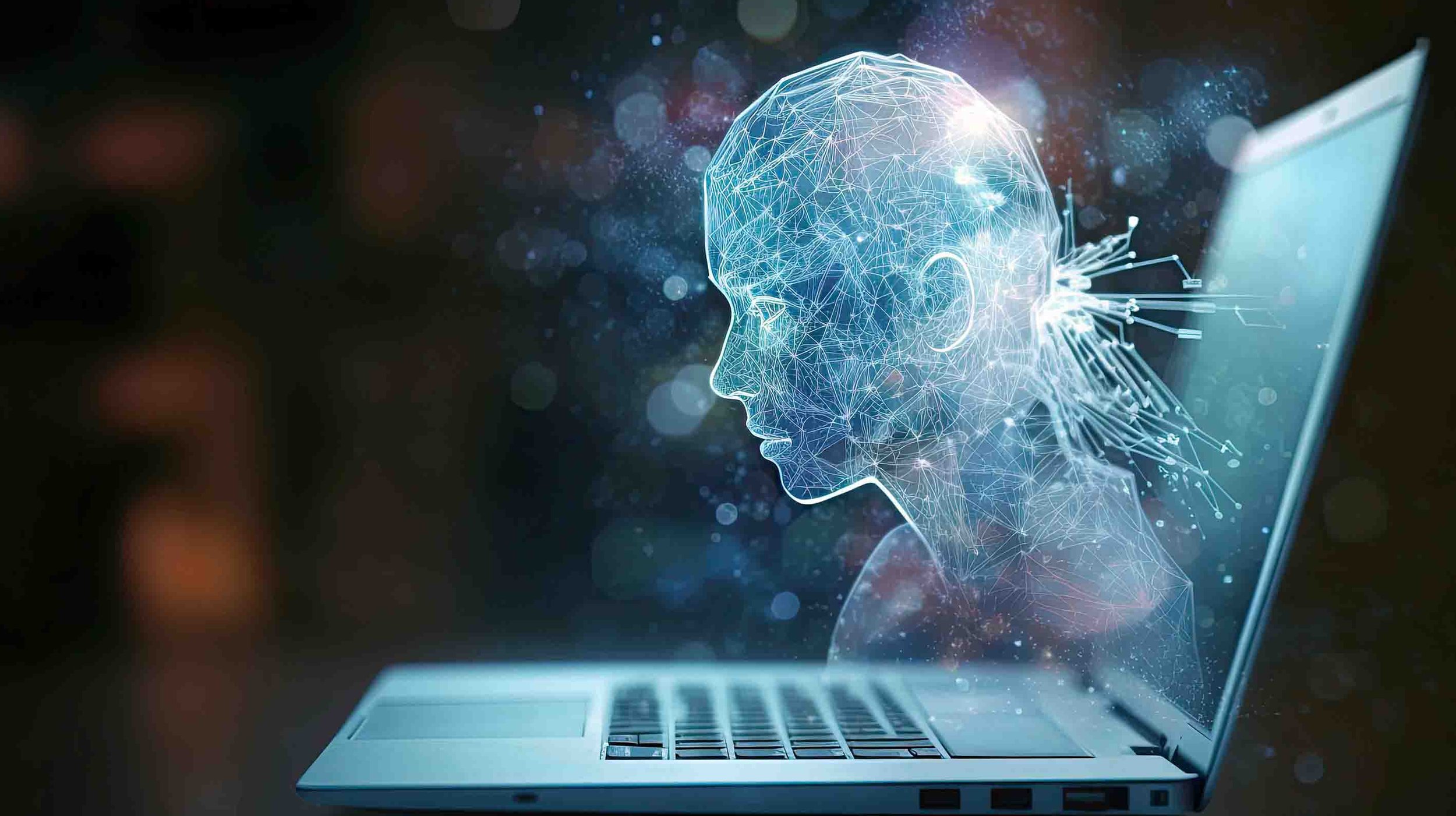Upcoming AI trends & what you should know about them
Artificial Intelligence is undoubtedly one of the most exciting and important future technologies human beings are developing. Today, you can see various human tasks being replaced by machines thanks to artificial technology. Thanks to AI technology, recommendation engines on various websites are becoming more and more tailored to your specific interests. So, with these examples, you can see just how important AI is to the world currently. However, as AI is constantly developing, you have to stay up-to-date with the industry's trends. So, here are the five upcoming AI trends that will help you understand the direction of the AI industry in the coming years.
5 upcoming AI trends that will mark incredible development for the field
AI Democratization
If you think about upcoming AI trends, democratized, AI is perhaps of the leading examples. AI democratization means creating AI models that will be helpful for a more extensive user base. Some of the examples of the functions that these models can achieve include processing large data sets to find trends and patterns for people. Helping human workers improve their knowledge about their work field while also augmenting the workplace to make it easier and better to work.
Edge AI
Currently, AI systems rely on data collected from various sources, which are later processed using AI systems. Edge AI calls for real-time data processing close to the data sources to get digital moments. This will allow AI systems to analyze data quickly and more accurately.
Composite AI
One of the most exciting upcoming trends of AI is composite AI. The goal of composite AI is to improve the versatility, adaptability, and efficiency of AI models. This will be achieved by adding and introducing a broader use case of AI systems making it available to a more extensive user base. The increased data input in the systems will help calibrate the system and create composite AI models that will help make a new generation of great AI solutions.
Generative AI
Using artificial intelligence to create physical objects is a dream for the industry. Yes, today, there are solutions suggested by AI models by studying data, but most of them are not directly manufactured by the AI system itself. Generative AI will be able to solve this issue by creating AI models that can manufacture specific products efficiently. Today, you can see examples of generative AI in creating art and photo-realistic pictures.
Responsible AI
For technology to be sustainable and valuable for human beings, in the long run, there need to be certain responsibilities AI developers need to carry. These responsibilities include upholding societal ethics and values, fairness, trustworthiness, transparency, accountability, bias mitigation, privacy, safety, and other regulatory compliances. These factors will help create responsible AI models that will be sustainable and inclusive of human growth that's to come in the future. Responsible AI is also crucial to match up to consumer expectations and meet the sustainability goals of the future.
Conclusion
AI/Artificial intelligence is undoubtedly here to stay and is only expected to grow exponentially over time. The trends discussed in this article are already taking shape, and some of the early models of each of these trends can be found. If you are interested in AI and would like to enter the industry, this is perhaps one of the best times career-wise for you to do so. With incredible AI technologies being developed and deployed every year, you can get in on the action by getting yourself a college degree in AI. to know more about AI courses; you can visit JIET Jodhpur, Rajasthan Campus.























